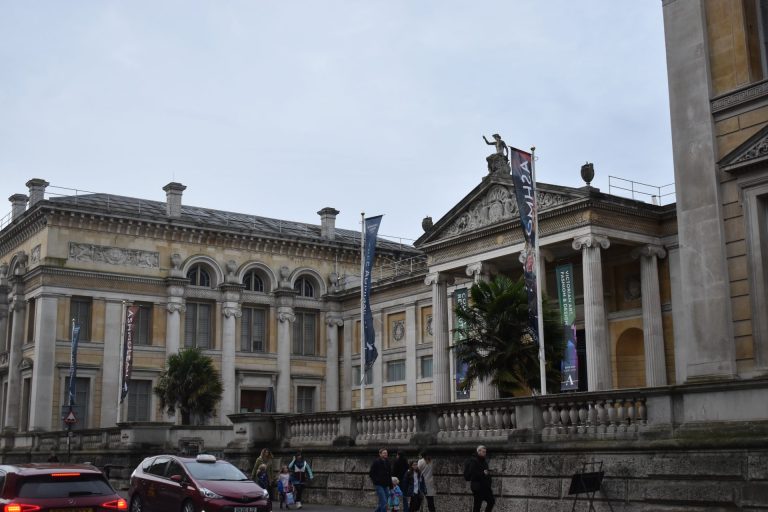In the wake of Atik’s closure and the blow felt by student nightlife, it would seem that music appreciation is taking a different turn this winter, and hopefully into the New Year. Following its announcement back in Trinity ’23, the Oxford student body had the launch party of Oxford’s first HipHop Society to attend. Traditions of soul, jazz, rock and many more exist within the umbrella and often contentious term ‘hip-hop’, a genre that seems to be in a constant state of expansion and evolution.
This notion of multiple genres influencing a stream of new, almost genreless music honours the huge and growing potential of this area of music. The dynamic and social nature of hip-hop was manifest in the success of Hip-Hop Soc’s launch night at The Varsity Club. In fact, the origins of the society arose from conversation around an MF DOOM ring representing the iconic MadVillain mask all the way back in 2023. After a year of discussion, the society is finally in action, boasting a ten-person committee and a far larger number of supporters.
From listening parties to song recommendations, Hip-Hop Society is using the interactive nature of music to their advantage. Strongly refuting the notion that rapping is easy, Tobe Onyia, the society’s secretary, spoke about his own views on hip-hop’s place in Oxford. He stated that the genre is often ‘viewed on a level below other genres’, being seen as easy or requiring less talent. Tobe also highlighted that ‘hip-hop from its roots is something that stemmed from black culture’, subsequently underlining that ‘the negative reception it gets is often rooted in subconscious racial biases’.
Concluding his passionate testimony with comments on the the current state of hip-hop, Tobe noted that sub-genres like rap ‘do not have a fixed form and are ever expanding’, ultimately concluding that, ‘at the end of the day music is supposed to transmit emotion’. It is a resonant message speaking to the importance of authenticity in music. In introducing themselves, other committee members of the society took to instagram to expose their guilty pleasure listens, ranging from George Michael to Westside Gunn.
Evidently, the effects of hip-hop go beyond music. It represents the power of a collective, and its manifestation in the lives of people, young and old. The diversity of sound within the genre speaks to a rich fabric of talent and storytelling, and moreover a plane of emotion indicative of the shifts and changes in the world around us. Indeed, as Oxford’s newest musical society explores the ways it can bring people together and facilitate a much-needed space for hip-hop music, only one question springs to mind; where have they been all this time? It is safe to say that this new society embodies more than just hip-hop – their love for music is palpable, as well the warmness and friendliness of their members. They suggest that starting with anything produced by the Alchemist or Mike Dean will stand you in good stead for a ‘spiritual musical experience’.
After the much-anticipated ignition, Oxford Hip-Hop Society has finally got its foot on the accelerator, and is asking students to just hold on (we’re going home).











